Cooking temperatures for Food Safety
Cooking food at proper temperatures is critical to both safety and quality. What temperature should different meats be cooked at? What are the optimal baking conditions for sourdough versus rich dough? Any successful chef or food services professional needs to have these vital figures to hand to guarantee safe and great-tasting results every time. Learn the safe food temperature for chicken, fish, pork, and other foods in our downloadable food temperature guide below.
Meat cooking temperatures
-
Chicken, turkey, duck 74 °C / 165 °F
-
Beef, lamb, veal (rare) 52 °C / 126 °F
-
Beef, lamb, veal (medium) 60 °C / 140 °F
-
Beef, lamb, veal (well done) 71 °C / 160 °F
-
Pork roasts, steaks & chops (medium) 63 °C / 145 °F
-
Pork roasts, steaks & chops (well done) 71 °C / 160 °F
-
Fish 60 °C / 140 °F
-
Casseroles 74 °C / 165 °F
-
Egg dishes 71 °C / 160 °F
baking temperatures
-
Sponge cake 95-98 °C / 203-208 °F
-
Fruit cake 98-100 °C / 208-212 °F
-
Bread (rich dough) 77 °C / 171 °F
-
Bread (lean dough) 88-93 °C / 190-199 °F
-
Yeast (water temperature) 41-46 °C / 106-115 °F
-
Jam (setting point) 105 °C / 221 °F
-
Butter (chilled) 2 °C / 36 °F
-
Butter (softened) 18-19 °C / 64-66 °F
-
Butter (melted & cooled) 29-32 °C / 84-90 °F
confectionery temperatures
-
Thread (syrup) 110-112 °C / 230-234 °F
-
Soft ball (fondants, fudge, pralines) 112-116 °C / 234-241 °F
-
Firm ball (caramel) 118-120 °C / 244-248 °F
-
Hard ball (divinity & nougat) 121-130 °C / 250-266 °F
-
Soft crack (taffy) 132-143 °C / 270-290 °F
-
Hard crack (brittles, lollipops& hardtack)149-154 °C / 300-309 °F
-
Caramel (flan & caramel cages) 160-177 °C / 320-351 °F
Safe Cooking Tips
Click on the titles or arrows to read.
Ensure chicken reaches an internal temperature of 74 °C throughout.
Using a meat thermometer, probe the chicken in several places to ensure it has come to temperature all the way through. Aim for the thickest part, avoiding bones and gristle as these can skew the reading.
Make sure to sanitise your thermometer probe before and after every measurement to avoid cross-contamination.
The safe temperature for pork is 71 °C. This is in line with official UK guidelines.
The UDSA has lowered its safe pork temperature to 63 °C due to improved farming practices, and many food experts agree that this should be the case in the UK. However, the FSA and EHOs still currently recommend sticking to 71 °C to reduce the risk of foodborne illness.
Minced or ground beef, lamb and pork must reach an internal temperature of 74 °C to be safe to eat.
When meat has been ground, it moves bacteria from the outside of the meat into the middle. Therefore, unlike steaks and roasts, minced meat must be cooked thoroughly all the way through.
This includes burgers, sausages and kebabs.
Make sure you use your food probe correctly to ensure accurate readings:
Spot-check: For large items, check several of the thickest areas. For items cooked in a group, such as sausages or burgers, check multiple items to ensure they’re all done. For liquids, stir well and then move the probe through it.
Sanitise: Clean your probe with food-safe wipes before and after every use to prevent cross-contamination.
Regular calibration: Check the accuracy of your thermometer regularly. Send it for annual recalibration.
Food Safety Temperatures — Fridge/Freezers, Hot Holding & Reheating
Every food business should know the key temperatures for safe food storage and handling. Read our food safety guide to brush up on your food danger zone temperatures and keep perishables safely stored —whether they're in transportation, refrigeration, or hot hold.

